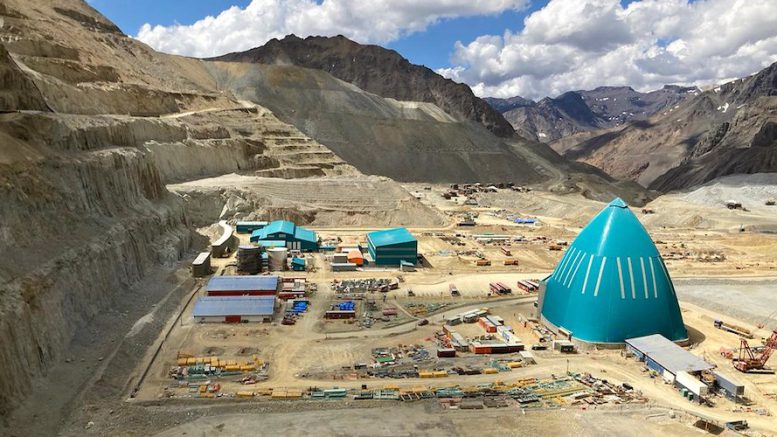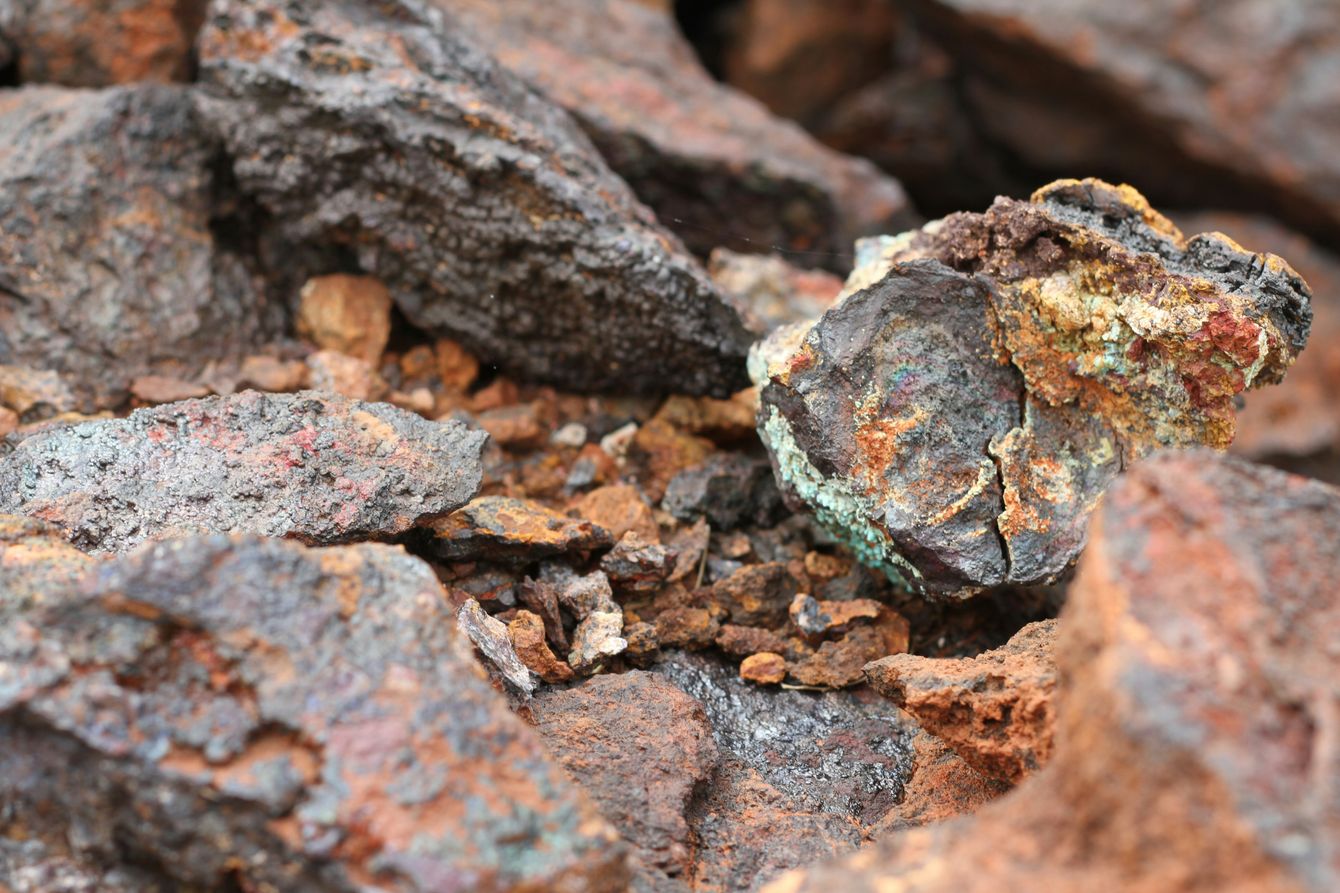Nationalization remains a prominent subject in mining discussions. With tightening supply chains and increasing strength in long-term demand drivers, resource-rich nations are striving to secure a larger portion of their mineral wealth. Throughout South America, Africa, and Asia, countries are challenging established norms that enable multinational miners to profit substantially from local resources.
Although nationalization aims to prioritize the public’s interest, it seldom realizes this intended outcome.In 2022, I informed readers about the escalating risk of nationalization in the world’s leading copper-producing nation. In July of that year, Chile’s finance minister, Mario Marcel, proposed a tax reform bill, elevating copper mining royalties for companies exceeding 50,000 tones annually and raising revenue taxes on major mining producers.
However, this marks only the initial phase. According to Reuters, Chile has laid the constitutional foundation, paving the way for the potential resurgence of nationalization in the country’s copper industry.As expected, this has triggered a vehement response from major mining companies, including Australia’s BHP.
BHP has significant interests at risk due to its partnership with Rio Tinto and Japan-based JECO Corp, jointly operating Escondida, the world’s largest copper mine. Situated in Northern Chile within the Atacama desert, Escondida, an immense porphyry deposit, contributes approximately 6% to the global copper supply.
While it remains a substantial cash cow for the company, it also presents tempting, easily accessible resources for a government seeking to extract more value from its copper wealth.This compels BHP and other multinational corporations to reassess their long-term strategy in the country, prompting a significant reduction in investment, including exploration, in the world’s foremost copper province.
The political landscape in Chile introduces heightened uncertainties for the future supply of this crucial metal. Subsequently, the world’s largest miner, BHP, has dangled approximately $10 billion in investments, seeking to dissuade the government from its nationalistic approach and foster greater stability in the nation’s most vital sector.
Recognizing Chile’s enduring significance as a major copper hub for decades, pressure is mounting on the government to reconsider its stance. A recent Reuters report suggests that the world’s largest copper producer, Codelco, teeters on the edge of insolvency due to mounting debt and reduced output across its key operations in Chile.
Codelco, a legacy of past nationalization efforts, has long held the position as the world’s foremost copper supplier. Its potential demise poses a significant threat to Chile’s copper-driven economy, shedding light on the profound issues stemming from extensive government interference. Undoubtedly, the left-wing government in Chile faces increasing pressure to step back from its radical policies.
This development could be advantageous for multinational miners like BHP, presenting potential opportunities for junior companies aiming to access the world’s largest untapped copper projects. Presently, investors exercise caution for valid reasons. Earlier in 2023, Chile’s government proposed reforms to place its lithium mines under state control.
However, the investment landscape in Chile may be on the verge of a turnaround. In recent months, Codelco has emerged as a symbol of the pitfalls associated with nationalization. This could prove beneficial for investors seeking to position themselves ahead of a potential influx of investments into the country if the government retreats from its nationalization agenda. Yet, there’s another crucial aspect to consider in this narrative.










